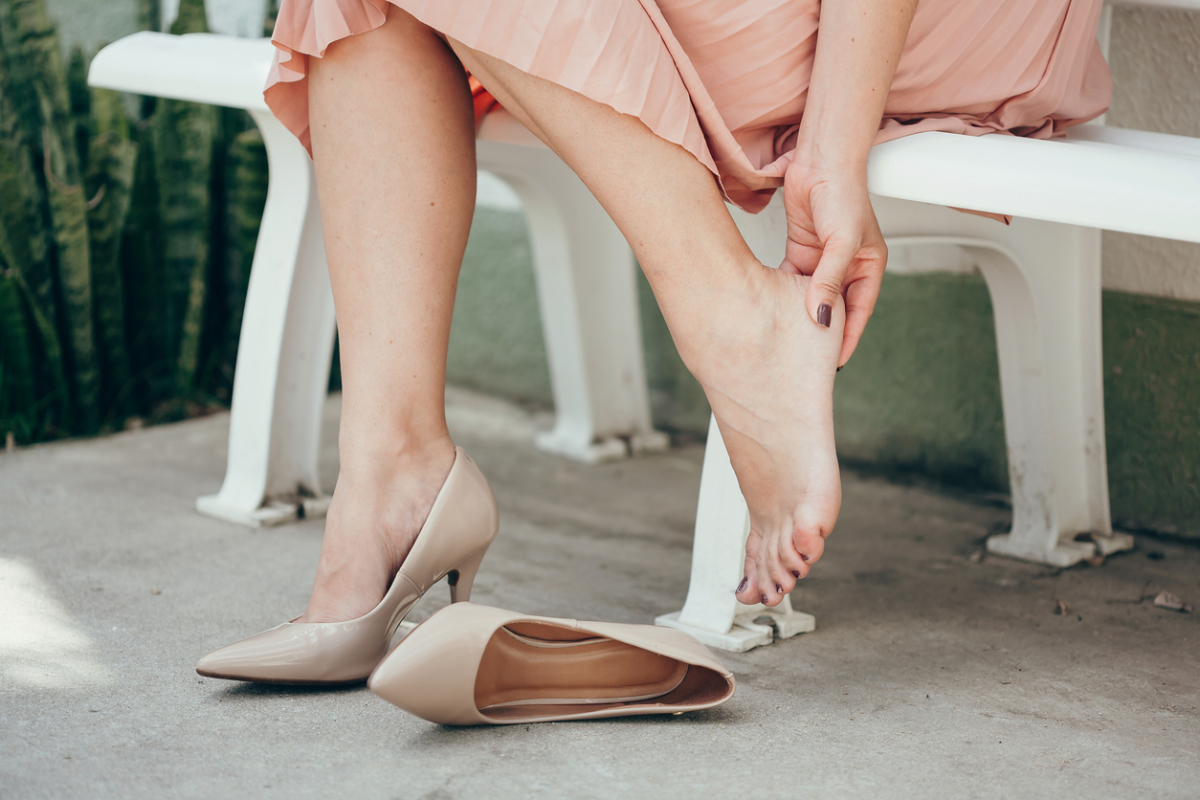One of the most common complaints among active adults and children is heel pain. Two of the most frequently confused causes of heel pain are Sever’s disease and plantar fasciitis. Because both conditions affect the heel and cause similar discomfort, it is easy to mistake one for the other. However, they have different risk factors, causes, and treatment approaches. So, how do you distinguish Sever’s disease from plantar fasciitis? This is a question sufferers of heel pain tend to ask, and the answer to which is essential for proper diagnosis and care. A visit to a podiatrist is the best option if you want to learn how to best care for your feet.
How Do You Distinguish Sever’s Disease from Plantar Fasciitis?
Sever’s Disease
Also known as calcaneal apophysitis, Sever’s disease is a growth-related condition that primarily affects children ages 8 to 14 who are active in sports that involve a lot of running and jumping. Symptoms may include pain when pressure is applied to the heel, as well as potential limping or tightness in the calf muscles.
Bones grow faster than the surrounding muscles and tendons during growth spurts. In Sever’s disease, the Achilles tendon pulls on the growth plate in the heel, which has not yet fully hardened. This repetitive stress will result in inflammation and pain at the back or sides of the heel.
Plantar Fasciitis
This condition usually affects adults aged 30-60. It occurs when the thick band of tissue that runs across the bottom of the foot, known as the plantar fascia, becomes inflamed due to overuse, poor footwear, or conditions such as flat feet or high arches.
Plantar fasciitis sufferers usually feel pain in the bottom of the heel or along the arch. It may be felt as a dull, constant ache, or a sharp or stabbing pain when you put pressure on the heel of your affected foot. This pain is often worse in the morning or after long periods of rest.
| Sever’s Disease | Plantar Fasciitis | |
| Age Group | Common in children and teens, and is usually felt during growth spurts | Typically affects adults aged 30-60 years old |
| Location of Pain | Usually felt at the back of the heel where the Achiless tendon connects to the heel bone, but sometimes it may also radiate underneath the heel | Pain is usually felt on the bottom of the heel, especially near the front part of the heel bone |
| Pain Triggers | Worsens when the patient is active, especially when they are running or jumping; Improves with rest | Worst with the first step in the morning or after sitting for a long time; symptoms may improve with movement, but may come back after extended periods of walking or standing |
| Swelling and Tenderness | Patients may experience tenderness and swelling in the heels | Tenderness is most felt at the bottom of the heel, and swelling can be experienced around the heel |
| X-Rays and Imaging | X-rays may reveal changes in the growth plate of the heel, but they are not essential for diagnosis | Imaging may appear normal, but in chronic cases may reveal the thickening of the plantar fascia or heel spurs |
Treatment and Management
Sever’s Disease and plantar fasciitis are both painful conditions, but both can be effectively managed through conservative techniques.
Sever’s Disease
- Rest and less activity
- Ice therapy
- Stretching exercises
- Heel cups or supportive footwear
- Symptoms usually resolve when the growth plate closes in adolescence
Plantar Fasciitis
- Stretching exercises for the foot and calf
- Orthotic inserts or supportive footwear
- NSAIDs (aspirin, ibuprofen, naproxen)
- Platelet-rich plasma
- Night splints
- Ice massage
- Physical therapy
- Corticosteroid injections or shockwave treatments may be helpful for chronic conditions.
- Surgery
Say Goodbye to Heel Pain
Both conditions cause heel pain, but observing the patient’s age group, activity level, and the specific location and timing of the pain will significantly help in distinguishing between the two. If heel pain persists, affects daily life, and does not improve even after basic home care, consulting a healthcare provider is necessary. Early diagnosis and proper management can help prevent complications and long-term effects, leading to a faster return to everyday activities and normalcy.
If you are experiencing heel pain and are seeking heel pain treatment, schedule a consultation with us today.
